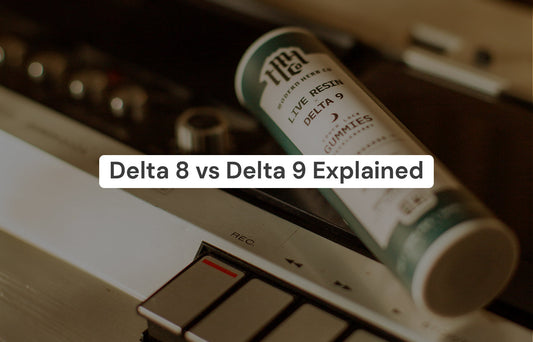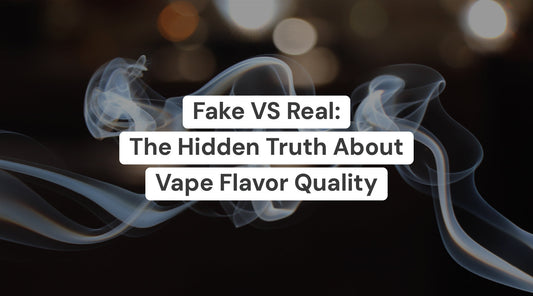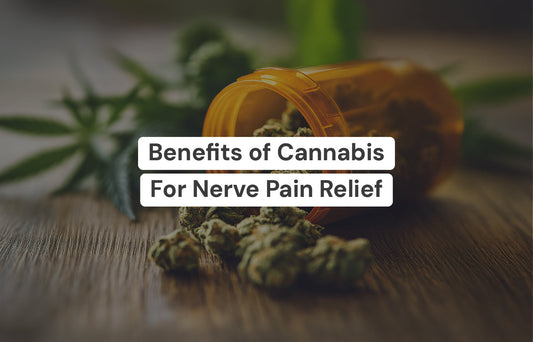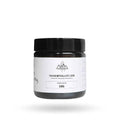ODA Rules for Labeling Hemp in Oregon: Growers could face serious fines
ODA Hemp Rules for Labeling
Oregon's department of agriculture (ODA) which oversees Oregon's hemp program, requires farms to create lot numbers or lot identifiers, for their harvested material so it can be tracked and identified through chain of custody. Many farms we have spoken with are not doing this which could result in serious fines. Understandably, it hasn't been policed much over the past year for a variety of reasons but Randy Black from the ODA, says that is expected to change in the next months as they ramp up staff and enforcement. When submitting your pre-harvest test, creation of this number is a part of that process. It's important hemp farmers stay up to date with changing state laws for hemp just as much as the national ones. If you have not been tracking your harvest and adhering to ODA's requirements we highly recommend getting versed and caught up on that. Here's a breakdown of what you need to know for creating a lot number for your hemp material:
Table of content
CREATING A HARVEST LOT IDENTIFIER/HEMP LOT NUMBER
The following provides examples on how to assign harvest lot identifiers to harvest lots. OAR 603-048-0010 states that a “Harvest Lot Identifier” is a unique numerical identifier that:
- Begins with the name of the grow site
- Followed by the harvest date
- And then a unique number sequence to identify the harvest lot
EXAMPLE:
- Field 1-2019-000
IF THE LOT IS SPLIT:
If a harvest lot is subsequently split into one or more lots for purposes of testing in OAR 603-048-2300 to 603-048-2480 or for purposes of retesting in accordance with OAR 603-048-0630(3), a unique letter shall be added to the end of the original harvest lot identifier to identify the split lots. For example. If the grow sites name is Field 1 and the grower plans to cultivate two harvest lots in the 2019 calendar year, the following are appropriate harvest lot identifiers: EXAMPLES:
- Field 1-2019-001 & Field 1-2019-002
FOR LOTS BEING REMEDIATED:
If a grower elects to attempt to remediate under OAR 603-048-0630(3), the definition of harvest lot identifier directs that if a harvest lot is subsequently split into one or more lots for purposes of an attempt to remediate in accordance with OAR 603-048-0630(3), a unique letter shall be added to the end of the original harvest lot identifier to identify the split lots. EXAMPLE: If the grower above elected to split their harvest lot Field 1-2019-001 into three separate lots for purposes of remediation, the following are appropriate harvest lot identifiers:
- Field 1-2019-001-A; Field 1-2019-001-B; and Field 1-2019-001-C
FOR HEMP BEING PROCESSED:
The following provides examples on how to assign process lot identifiers to lots being processed. This includes trimming or extracting the hemp material. OAR 603-048-0010 states that a “process lot identifier” is a unique numerical identifier that begins with:
- The last seven numbers of the handler’s registration number or name of the handler
- The year the material is being processed in
- A unique number sequence to identify the process lot
If the handler’s registration number is “AG-R1045555IHH” and the handler processes two process lots of cannabinoid concentrate in the 2019 calendar year, the following are appropriate process lot identifiers: EXAMPLES:
- 1045555-2019-001 & 1045555-2019-002
- Acme Farms-2019-001 & Acme Farms-2019-002
Related Post

About Ashley Dellinger
Ashley Dellinger is a trailblazer in the cannabis and hemp sectors, serving as the Director of Innovation at The Hemp Collect. With a keen visionary mindset, she not only propels advancements in these industries but also showcases her versatility as a seasoned professional writer based in Oregon. As a collaborative force, Ashley works alongside leading brands, processors, and retailers to elevate industry standards. Ashley Dellinger's work not only sets new benchmarks but also inspires others to pursue excellence. For a closer look into her insights and experiences, connect with Ashley on LinkedIn, Instagram, and Facebook.





















